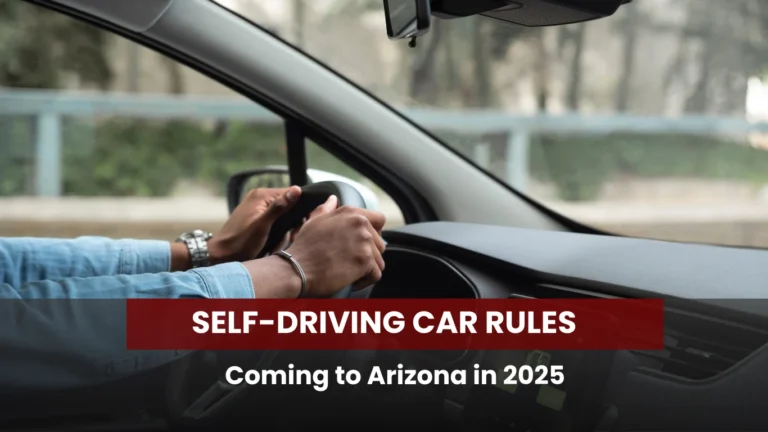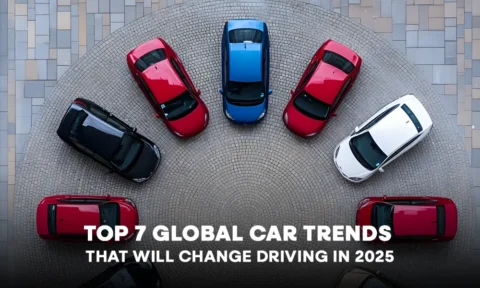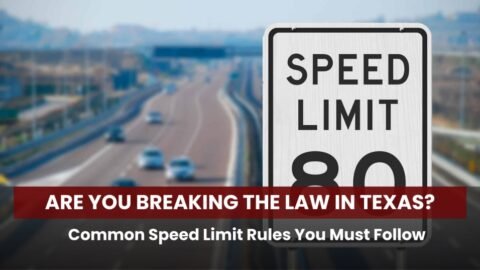Arizona has been at the forefront of testing self-driving car technology in the US and implementing autonomous vehicle laws since around 2018. Waymo’s paid driverless taxi rides for the public are well-known, as is the 2024 mishap that led to a driverless Waymo car crashing due to a software glitch.
I thought it would be interesting to take a look at the self-driving car rules in place in Arizona in 2025, and this is what I’ve learned.
A Quick Background: Arizona & Autonomous Vehicles
Arizona has long been a hub for testing driverless vehicle technology. Waymo has run autonomous ride programs in Phoenix for years. Under existing rules, automated driving systems (ADS) can operate on public roads if they observe all relevant federal and state safety and vehicle statutes. The state has also been aligning itself with federal guidance about ADS levels and vehicle safety standards.
In 2021, Arizona self-driving legislation (HB 2813) was passed in the state, which clarifies certain self-driving car laws for drivers in the state. It allows a licensed driver to engage an autonomous system on public roads so long as they retain the ability to retake control of the vehicle when needed. Meanwhile, the Arizona Department of Transportation (ADOT) laid out autonomous vehicle rules under which fully driverless vehicles with no one at the wheel may operate. But Arizona has strict self-driving testing rules in place. The Arizona self-driving legislation discussed here is applicable even in 2025.
Most recently, Tesla received approval from ADOT to begin testing autonomous vehicles with a “safety driver” in the Phoenix area. Such autonomous vehicle permits in Arizona stipulate that these vehicles must obey all traffic and motor vehicle laws, be properly insured, and comply with federal rules. Law enforcement also retains the authority to issue citations if the vehicle or its operator breaks traffic rules.
So, with the self-driving car regulations in the US shifting, what do everyday drivers in Arizona need to keep in mind?
Self-driving Car Laws For Drivers in Arizona
1. Automated does not mean unregulated
Even when a vehicle runs under an autonomous system, everything from speed limits to right-of-way still applies. The law does not grant you special exclusion from existing traffic rules. If a self-driving car violates a law, e.g., runs a red light, it and/or its operator may be held accountable.
2. You may need to take over control
If a driver uses an automated system, the driver must be ready to resume control when prompted. The self-driving car legal requirements in 2025 allow the operation of an autonomous vehicle only when the driver is capable of taking back steering or braking if needed. That means, even if your car is “driving itself,” you shouldn’t zone out or maybe fall asleep at the wheel!
3. Fully autonomous vehicles will face extra hurdles
For a vehicle to operate without a human on board, the self-driving car rules in Arizona in 2025 require the owner or operator to submit formal documentation and ensure the vehicle meets design, safety, certification, registration, insurance, and minimal risk criteria. That means only certain vehicles, such as those explicitly approved by ADOT and following federal standards, will function in the fully autonomous mode legally.
4. Liability and insurance will look different
In a conventional crash, liability often falls on the driver or owner. With autonomous vehicles, issues with software, sensors, mapping data, remote operator decisions, or vehicle hardware will complicate the process of fixing liability. If a self-driving car causes harm, investigators may examine vehicle logs, software, system alerts, and operator instructions.
Autonomous vehicle laws in Arizona require that these vehicles remain at the scene of an accident and that responsible parties furnish necessary information. That means if your car is in automated mode and there’s a crash, you or your insurer will likely face the consequences.
5. Regulations against both human drivers and autonomous systems
In Tesla’s approved testing permit, ADOT made it clear that law enforcement can cite both the operator and the autonomous system if traffic laws are violated. Testing or operation must always comply with traffic laws, federal and state statutes, and insurance requirements. So even during testing, Arizona self-driving rules are not relaxed.
6. Testing programs will grow cautiously
States across the U.S. are moving ahead with legislation for autonomous vehicles. These self-driving car regulations across the US touch upon permits, liability, and rules of the road. In Arizona, Tesla’s recent approval shows how testing is expanding. But fast growth also raises risks. For example, in 2024, Waymo recalled 672 vehicles after a collision with a utility pole in Phoenix, citing deficiencies in object detection software. That recall tells us that autonomous systems are not flawless, and oversight will be essential.
What You Can Do as an Autonomous Car Driver
- Stay alert even when your car has autonomous modes. As the law expects, you must be ready to intervene.
- Keep your car software up to date. Autonomous systems rely on mapping, updates, sensor calibration, and real-time data for safe operation.
- Document any unusual behavior. If your vehicle acts erratically while in automated mode, log what happened, including the time, location, and sensor alerts, and report to the manufacturer.
- Monitor the rollout of autonomous vehicles in your area. Automakers will introduce autonomous features slowly and regionally. If your city or county begins permitting fully driverless vehicles, you’ll want to know the routes and limitations.
- Understand your insurance. When autonomous features are involved in damage or a crash, your insurer may examine system logs and software performance.
I’ve been following the evolution of autonomous vehicle laws in many states, and what Arizona is doing is setting up the guardrails for ushering in the autonomous vehicle revolution. The state is not giving complete freedom for unmonitored autonomy. Instead, it is stepping carefully into a future where human drivers and automated systems will share the road.
My advice in these circumstances would be: don’t rely blindly on “hands-off” claims. Just because a vehicle offers an autonomous mode doesn’t relieve you of responsibility. And as these systems evolve, so will the legal and enforcement frameworks.
If you drive in Arizona, keep your eyes open. The rules are in place. By keeping yourself informed, you can safely adapt while enjoying new mobility options.
Learn more, drive better — start with Ask About Cars.





